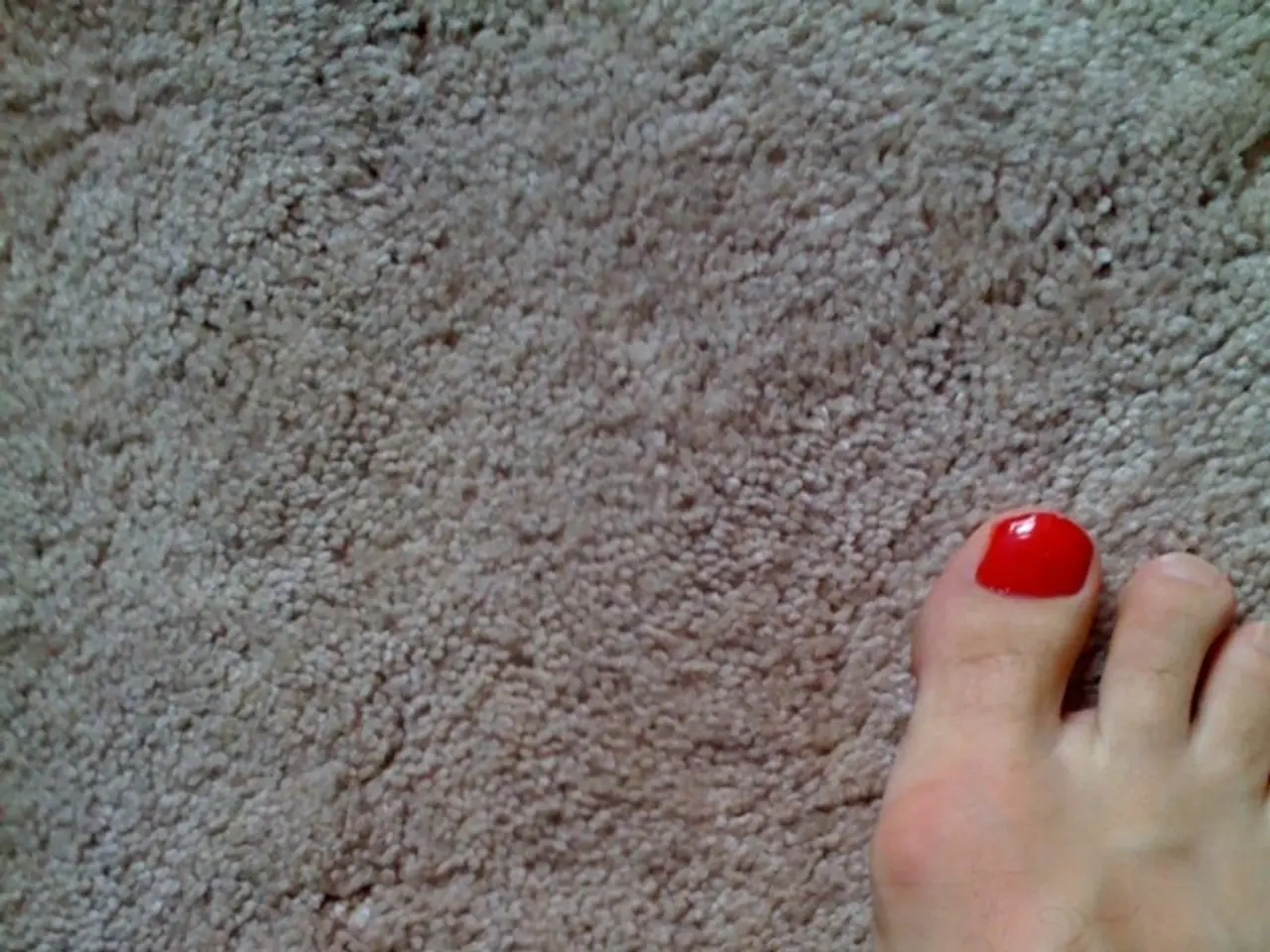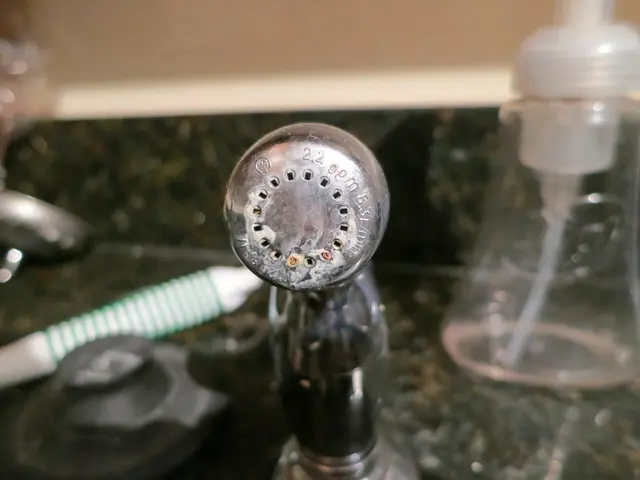Cherry Angiomas: Causes, Removal Methods, and When to See a Dermatologist
Cherry angiomas, also known as senile angiomas or Campbell de Morgan spots, are common, noncancerous skin growths that typically appear in adulthood. While they usually cause no discomfort, many people seek removal for cosmetic reasons or if they're prone to bleeding. Dermatologists use various professional methods to treat them safely and effectively.
These red or purplish growths can vary in size and shape, often developing on the torso, arms, legs, and shoulders. They may bleed if scratched, rubbed, or cut open. Over 75% of people over 75 years old have cherry angiomas. Any changes in their appearance could potentially indicate skin cancer, so it's important to consult a dermatologist if you notice any alterations.
Removal methods include electrocauterization, which uses an electrical probe to precisely ablate the growth; shave excision, where the angioma is scraped off with a scalpel; cryosurgery, which freezes and removes the growth; and laser treatment, which targets the red blood vessels to close them. Cherry angiomas do not go away on their own and require medical removal if desired.
The choice of removal method depends on the size, location, patient's preference, and the dermatologist's expertise. All these methods are effective and safe when performed correctly, leaving minimal scarring. It's crucial to have cherry angiomas removed by trained professionals, and to seek dermatological evaluation for any uncertain skin changes.







